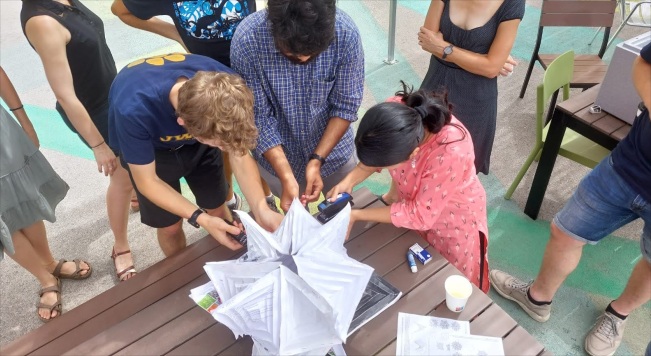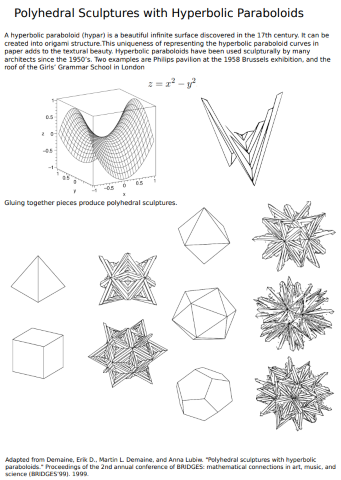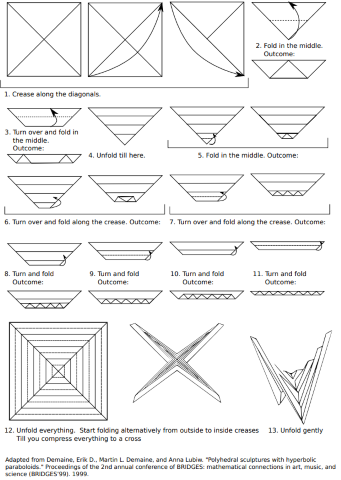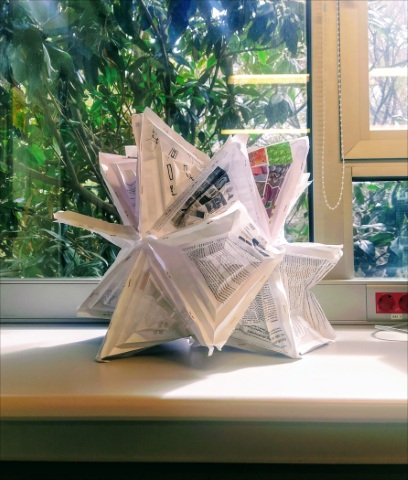Introduction

Last summer, while discussing a trip to Tashkent with my friend Ankur, I came across an incredible building. The People’s Friendship Palace is Uzbekistan’s largest cinema and concert hall, boasting seating for 6,000 people. Architect Yeregeny Rozanov adorned the impressive structure with traditional local motifs. The name “People’s Friendship Palace” is derived from the dedication to the friendship of the people who came to Tashkent to help rebuild the city after the devastating earthquake of 1964, which destroyed most of the old city. While I used a Wikipedia image, more stunning photos can be found online
This realization made me reflect on my own lab and the scientific work it produces, which is also the result of the collective efforts of many individuals spanning time and space. As Sir Isaac Newton once said, we are standing on the shoulders of giants, referring to the people who worked before us and laid the foundation upon which we build. This notion resonates with the way we think and learn in the lab, as the contributions of countless people are reflected in the protocols we establish, the way we operate microscopes, and even the knowledge we acquire. This revelation inspired me to create a monument celebrating the friendships forged through these collaborative efforts.
Methods
This monument is a fusion of hyperbolic paraboloid (hypar) origami pieces, assembled into a polyhedral sculpture. Utilizing repurposed printed paper, all participants involved in the project created multiple copies of the hypar shapes. Later, we combined these pieces in groups of three by stapling them together, forming a hat-like structure. These hats are then connected to create a unique shape, which was not planned in advance. This artistic endeavor embodies the collaborative spirit of the lab and the unexpected findings we discover along the way. The completed monument now graces the A07 room near the window on the first floor of the Helix Building at the Institute of Bioengineering of Catalonia.

Results
To create a People’s Friendship Monument, I drew inspiration from various existing monuments that celebrate friendship. These monuments are often grand in scale, such as a massive statue of a woman holding a sword, or a group of workers collaborating
French artist Olivier Grossetête intrigued me with his “Collective Monument” concept. He invites people to work together, using cardboard boxes to build a unique tower in various locations
I proposed the idea to my lab colleagues, and they were interested. I realized I needed to provide an incentive and guidance on how to create the origami pieces, so I organized a session to teach the technique. After considering various origami models, I chose the hyperbolic paraboloid (hypar), an intriguing shape that transforms a square planar substrate into a saddle.
I found inspiration for the sculpture from Erik Demaine’s paper about hypars and polyhedral shapes
To create the hypars, we began with square paper and made alternating square folds towards the center. The most challenging part was folding the paper correctly into the saddle shape. On the day we assembled the monument, around 10 to 15 people participated. I provided paper, cups, and a couple of bottles of Cava. Each person had already made one piece, and we created additional pieces during the event. Initially, we considered using glue to join the pieces, but ultimately, we chose staples to secure the hypars together more effectively.
We didn’t plan the shape in advance, other than deciding to use combinations of hats (three-piece structures). We didn’t know how many hats we could make. In the end, the final sculpture contained more than 24 pieces assembled together, forming an intriguing shape. Assembling the pieces presented challenges, as any mistake could lead to asymmetries or distortions. However, I found artistic value in this, as it represents the stochasticity of human handiwork. Each piece embodies a part of a lab member, and the combined effort is displayed in the final structure, complete with flaws and diversity.

Conclusion
The People’s Friendship Monument project, inspired by various grand and abstract monuments around the world, brought our lab together in a unique, creative, and collaborative endeavor. Using hyperbolic paraboloid origami pieces, we constructed a polyhedral sculpture that symbolizes the collective effort, diversity, and ingenuity of our team.
The process of creating this monument not only resulted in a visually striking piece but also fostered a sense of camaraderie among lab mates, as we navigated the challenges of learning and assembling the hypar structures together. The final sculpture, with its flaws and variations, reflects the individual contributions and the inherent stochasticity of human handiwork. This project mirrors real-life scientific research, where teamwork, adaptability, and embracing the unknown are essential.
As we continue our scientific pursuits, the People’s Friendship Monument will serve as a lasting reminder of the power of collaboration and the remarkable achievements that can arise when diverse minds come together.

